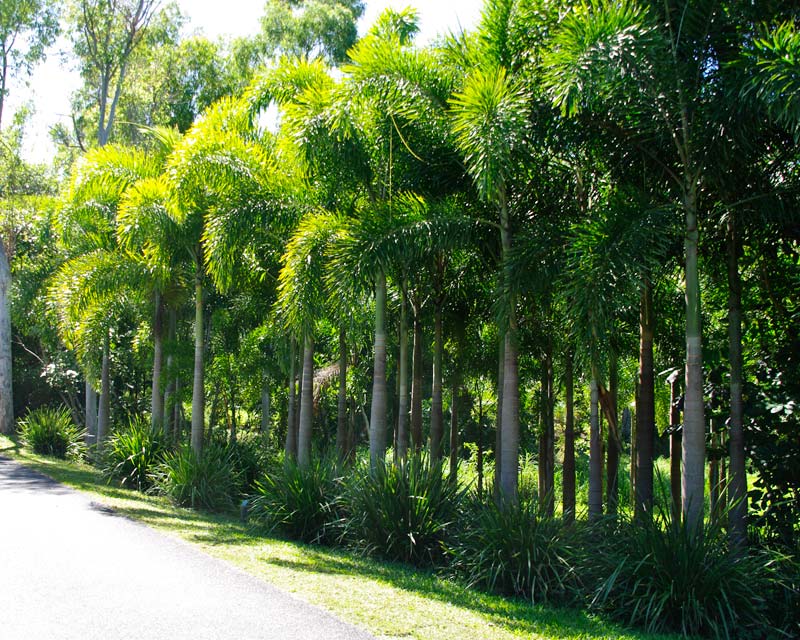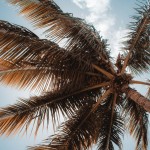Identifying 4 Types of Palm Trees Diseases
Palm trees can beautify a landscape for decades. However, there are certain diseases that can threaten the life of a palm tree prematurely. We’re going to look at just 4 such diseases. This will allow you to identify the problem early on so as to give your trees the best chance at a full recovery.
Leafspots – This is an infection that occurs in the leaves of palm trees. It is related to a number of types of fungi and even a few bacteria, so it is more of a category of disease. The spots are usually brown and may have an oily look. Spots may be round or oval in appearance. The shade and size of the spots will usually reveal how far along the disease is.
Graphiola – This is a particular type of leafspot that is also called False Smut. Usually, this fungus only occurs in places where humidity is very high. Spots are raised, and small black dots that appear like warts will protrude from these raised spots. Palm tree growers in the southern part of Texas are most likely to combat this fungus.
Ganoderma Root – This is a fungal infection that causes older fronds to droop and wither. Newer fronds are stunted and may appear yellow or a pale green color. This is a dangerous palm tree condition that can kill a tree within just a few years if not taken care of.
Bud Rot – This is another condition that can be caused by several types of bacteria or fungi. The disease is named for the fact that it causes new buds to rot. Younger fronds may form black lesions and the leaves on younger fronds may wilt. This disease can take a palm tree and just leave the trunk within several months.
If you have identified a disease that is afflicting your palm tree, or even if you don’t know what is wrong but you can tell the tree is struggling, feel free to contact the experienced growers at West Coast Trees for assistance.




